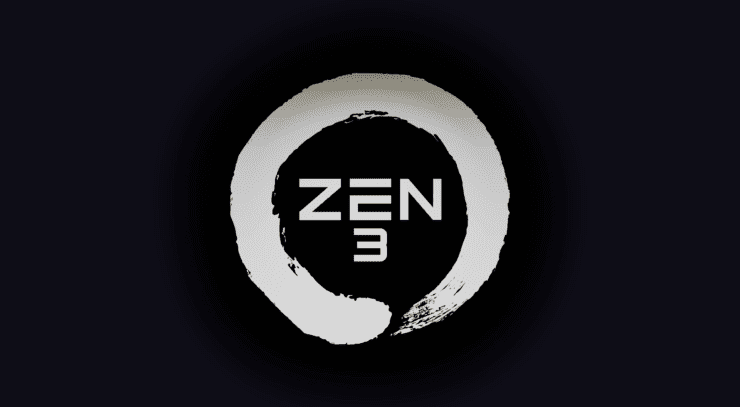
AMD has reaffirmed its plans to introduce the next-generation Zen 3 CPU family codenamed Ryzen 4000 ‘Vermeer’ later this year. The latest statement comes from AMD’s Executive Vice President of Computing and Graphics, Rick Bergman, who states that the next-gen lineup is going to set a new bar in high-performance computing.
AMD To Continue Its High-Performance Journey With Zen 3 Powered Ryzen 4000 ‘Vermeer’ Desktop CPUs, Launching Later This Year
The AMD Ryzen 4000 Desktop CPU family is one of the most highly anticipated CPU launches of 2020. There’s a lot of reasons to be excited for the next-generation family but the main one is no doubt the addition of the 7nm+ Zen 3 cores which are expected to deliver huge gains in IPC and performance efficiency. In his statement on the AMD Corporate Blog, Rick Bergman says that AMD will continue its high-performance journey with Zen 3 based client processors and that we haven’t seen the best of them yet.
So, what’s next for AMD in the PC space? Well, I cannot share too much, but I can say our high-performance journey continues with our first “Zen 3” Client processor on-track to launch later this year. I will wrap by saying you haven’t seen the best of us yet…
Rick Bergman is Executive Vice President of Computing & Graphics at AMD.
The Ryzen platform has been disrupting the CPU market ever since its introduction back in 2017 & since then, we’ve only seen each Ryzen successor getting better and better. The Zen 3 based Ryzen 4000 CPUs are expected to continue this trend but based on the quote from Rick, it looks like AMD might have a big surprise with Zen 3 for consumers. Do notice how AMD mentions Zen 3 client CPU which is for the consumer-centric platform. AMD will be shipping its Zen 3 based 3rd Gen EPYC Milan CPUs to partners and customers this year too but its the Ryzen 4000 Desktop lineup which will hit the retail shelves first.
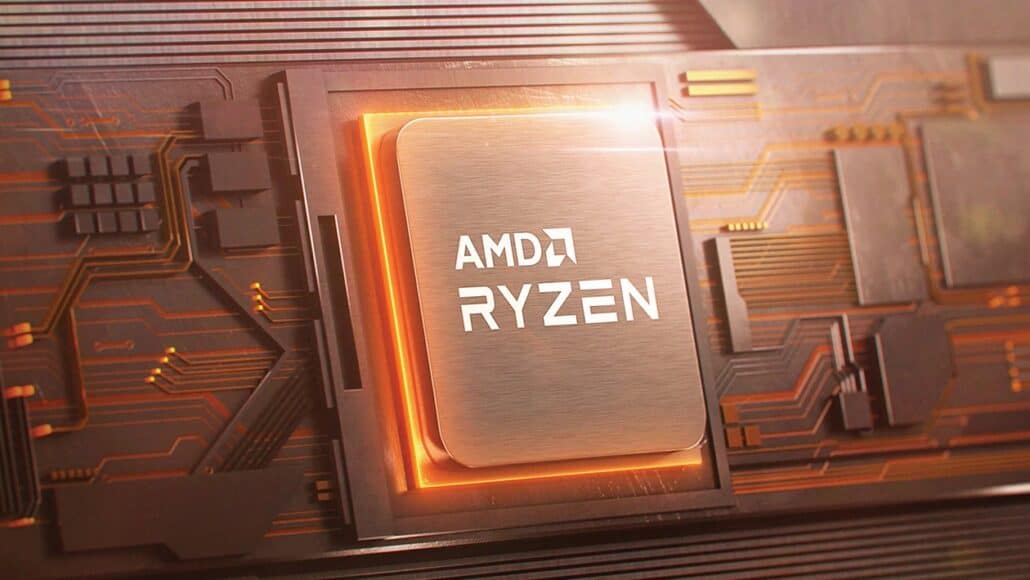
AMD already has the first Zen 3 CPUs running in their test labs as revealed by AMD’s CEO, Lisa Su, earlier this month and according to Lisa, the architecture is looking great. As for the surprise, it can be anything, a big IPC jump, more cores, higher clock speeds, much better performance per watt, or it could be all of them.
With that said, one can look forward to another major disruption in the CPU segment which will best the Ryzen 3000 ‘Matisse’ CPU lineup in all possible ways. This should be enough of a reason to get enthusiasts and desktop consumers to be excited for AMD’s next big CPU architecture and CPU family launch.
AMD CPU Roadmap (2018-2020)
| Ryzen Family | Ryzen 1000 Series | Ryzen 2000 Series | Ryzen 3000 Series | Ryzen 4000 Series | Ryzen 5000 Series | Ryzen 6000 Series |
|---|---|---|---|---|---|---|
| Architecture | Zen (1) | Zen (1) / Zen+ | Zen (2) / Zen+ | Zen (3) / Zen 2 | Zen (3)+ / Zen 3? | Zen (4) / Zen 3? |
| Process Node | 14nm | 14nm / 12nm | 7nm | 7nm+ / 7nm | 7nm+ / 7nm | 5nm / 7nm+ |
| Server | EPYC ‘Naples’ | EPYC ‘Naples’ | EPYC ‘Rome’ | EPYC ‘Milan’ | EPYC ‘Milan’ | EPYC ‘Genoa’ |
| Max Server Cores / Threads | 32/64 | 32/64 | 64/128 | 64/128 | TBD | TBD |
| High End Desktop | Ryzen Threadripper 1000 Series (White Haven) | Ryzen Threadripper 2000 Series (Coflax) | Ryzen Threadripper 3000 Series (Castle Peak) | Ryzen Threadripper 4000 Series (Genesis Peak) | Ryzen Threadripper 5000 Series | Ryzen Threadripper 6000 Series |
| Max HEDT Cores / Threads | 16/32 | 32/64 | 64/128 | 64/128? | TBD | TBD |
| Mainstream Desktop | Ryzen 1000 Series (Summit Ridge) | Ryzen 2000 Series (Pinnacle Ridge) | Ryzen 3000 Series (Matisse) | Ryzen 4000 Series (Vermeer) | Ryzen 5000 Series (Warhol) | Ryzen 6000 Series (Raphael) |
| Max Mainstream Cores / Threads | 8/16 | 8/16 | 16/32 | 16/32 | TBD | TBD |
| Budget APU | N/A | Ryzen 2000 Series (Raven Ridge) | Ryzen 3000 Series (Picasso Zen+) | Ryzen 4000 Series (Renoir Zen 2) | Ryzen 5000 Series (Cezanne Zen 3) | Ryzen 5000 Series (Rembrandt Zen 3) |
| Year | 2017 | 2018 | 2019 | 2020/2021 | 2020/2021 | 2022 |
Here’s Everything We Know About The Zen 3 Based Ryzen 4000 ‘Vermeer’ Desktop CPUs
The AMD Zen 3 architecture is said to be the greatest CPU design since the original Zen. It is a chip that has been completely revamped from the group up and focuses on three key features of which include significant IPC gains, faster clocks, and higher efficiency.
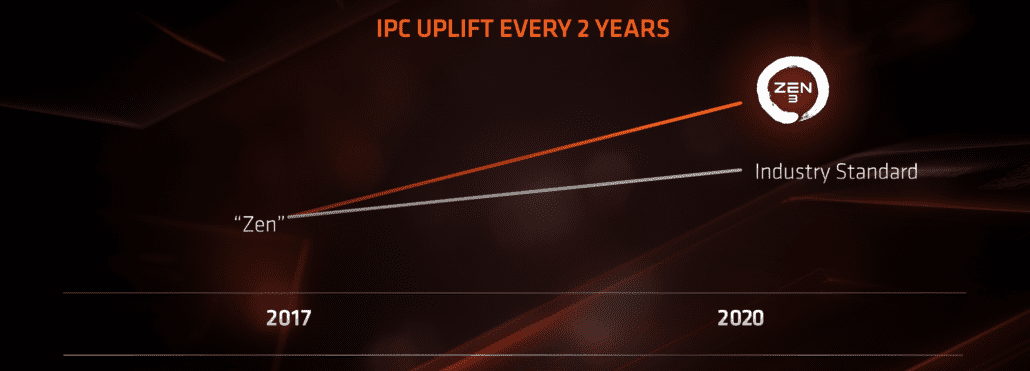
AMD has so far confirmed themselves that Zen 3 brings a brand new CPU architecture, which helps deliver significant IPC gains, faster clocks, and even higher core counts than before. Some rumors have even pointed to a 17% increase in IPC and a 50% increase in Zen 3’s floating-point operations along with a major cache redesign.
When asked about what kind of performance gain Milan’s CPU core microarchitecture, which is known as Zen 3, will deliver relative to the Zen 2 microarchitecture that Rome relies on in terms of instructions processed per CPU clock cycle (IPC), Norrod observed that — unlike Zen 2, which was more of an evolution of the Zen microarchitecture that powers first-gen Epyc CPUs — Zen 3 will be based on a completely new architecture.
Norrod did qualify his remarks by pointing out that Zen 2 delivered a bigger IPC gain than what’s normal for an evolutionary upgrade — AMD has said it’s about 15% on average — since it implemented some ideas that AMD originally had for Zen but had to leave on the cutting board. However, he also asserted that Zen 3 will deliver performance gains “right in line with what you would expect from an entirely new architecture.”
– The Street
We also got to see a major change to the cache design in an EPYC presentation, which showed that Zen 3 would be offering a unified cache design which should essentially double the cache that each Zen 3 core could have access compared to Zen 2.
The CPUs are also expected to get up to 200-300 MHz clock boost, which should bring Zen 3 based Ryzen processors close to the 10th Generation Intel Core offerings. That, along with the massive IPC increase and general changes to the architecture, would result in much faster performance than existing Ryzen 3000 processors, which already made a huge jump over Ryzen 2000 and Ryzen 1000 processors while being an evolutionary product rather than revolutionary, as AMD unveiled very recently.
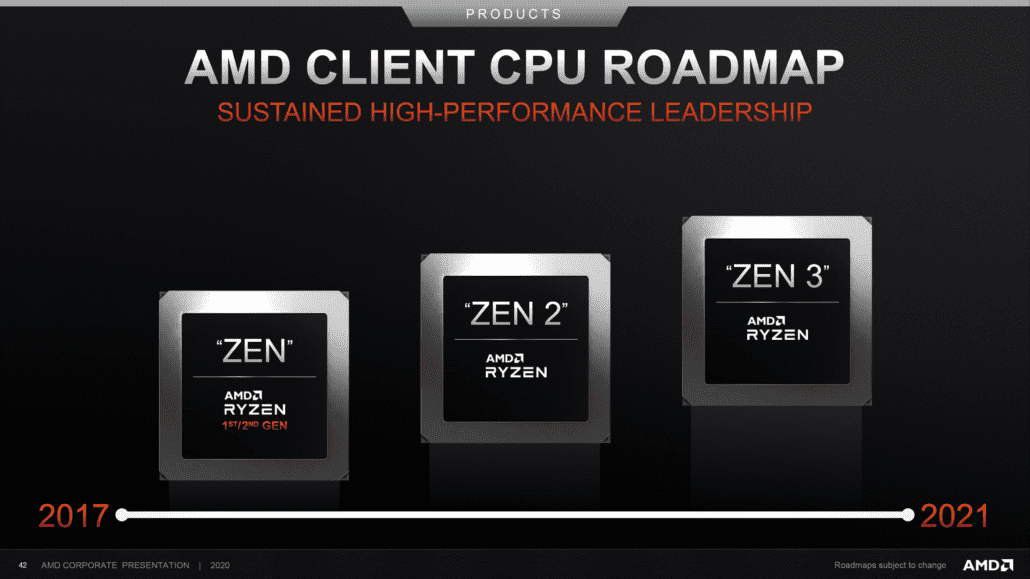
The key thing to consider is that we will get to see the return of the chiplet architecture and AMD will retain support on the existing AM4 socket. The AM4 socket was to last until 2020 so it is likely that the Zen 3 based Ryzen 4000 CPUs would be the last family to utilize the socket before AMD goes to AM5 which would be designed around the future technologies such as DDR5 and USB 4.0. AMD’s X670 chipset was also hinted as to arrive by the end of this year and will feature enhanced PCIe Gen 4.0 support and increased I/O in the form of more M.2, SATA, and USB 3.2 ports.
It was recently confirmed by AMD that Ryzen 4000 Desktop CPUs will only be supported by 400 & 500-series chipsets while 300-series support would be left out.
As for competition, the AMD Ryzen 4000 ‘Zen 3 Vermeer’ lineup would compete against Intel’s next-gen Rocket Lake-S desktop processors. Tackling the existing Intel Comet Lake-S won’t be so hard since the Ryzen 3000 CPUs are competitively positioned against the entire lineup as evident in our own review but Rocket Lake-S seems to be a major architectural uplift for Intel (although still based on 14nm process) which might just be Intel’s way back in the desktop mainstream market.
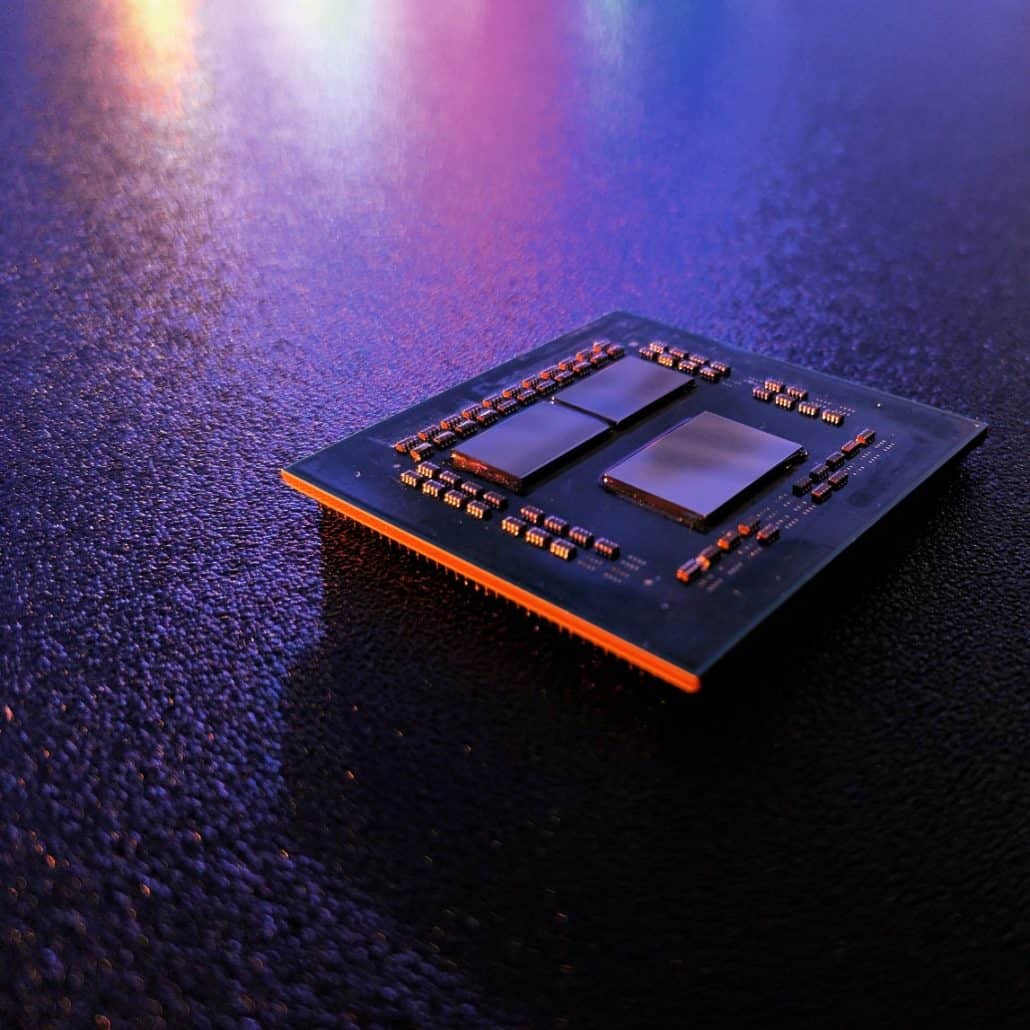
With that said, Rocket Lake-S is still something that needs to be evaluated prior to its release before we can call it a Zen 3 challenger but time would make it clear. As of now, the competitive advantage that AMD has with its Zen 2 based Ryzen 3000 is just way too big compared to whatever Intel has in their sleeves for this year and Zen 3 based Ryzen 4000 processors are going to push that envelope even further.

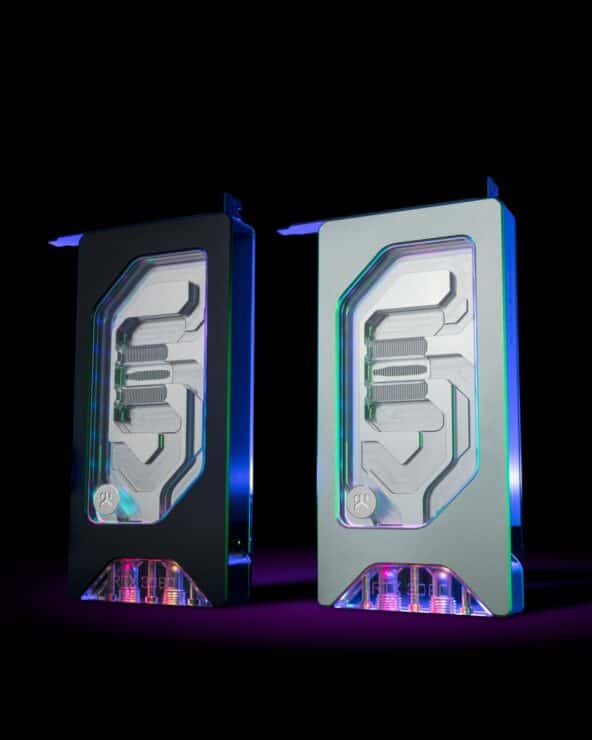


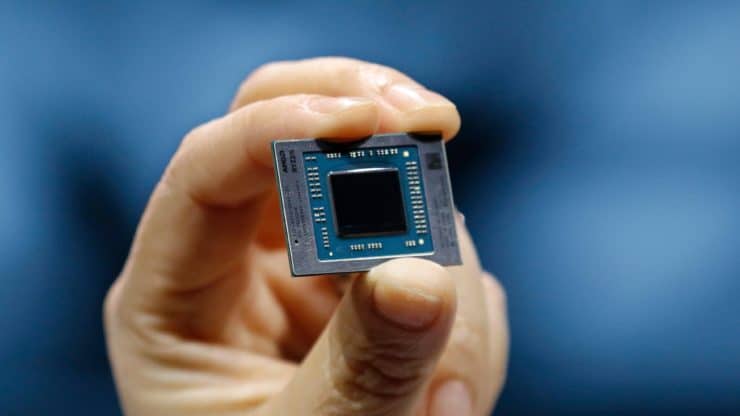
More Stories
EKWB Unveils The Quantum Vector FE RTX 3080 D-RGB – Special Edition Blocks For GeForce RTX 3080 FE Graphics Card
AMD Ryzen 7 5800H 8 Core & 16 Thread Cezanne ‘Zen 3’ High-Performance CPU Shows Up, Early ES Chip With 3.2 GHz Clocks
AMD Ryzen 9 5950X 16 Core Flagship CPU Benchmarked Again, Crushes Intel’s Top Core i9-10980XE 18 Core HEDT Chip